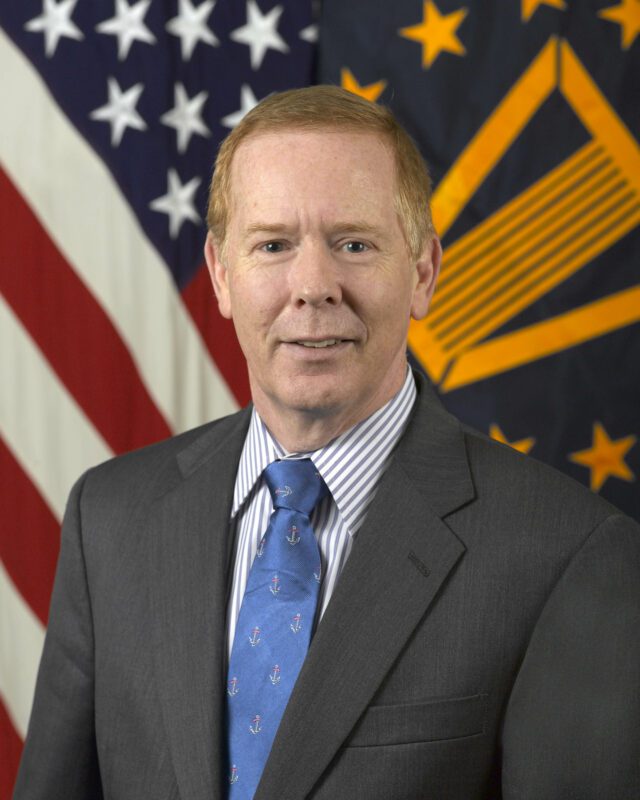
Barclay P. Butler is the Defense Health Agency’s assistant director for management and a Pinnacle Awards finalist in the Healthcare Government Executive of the Year category. Here, he shares recent achievements, primary focus areas going forward, rules government leaders should break and more.
What key achievements did you have in 2018?
We saw the beginning of the Military Health System in 2018 with the transition of military Medical Treatment Facilities to the Defense Health Agency in October 2018, as DHA started operating eight hospitals and their associated clinics in Virginia, North Carolina, South Carolina, Florida and Mississippi. Throughout the transition, we have continued to focus DHA’s resources on readiness and high-quality patient care.
This consolidation strengthens our ability to provide ready medical forces to support global operations and improves the medical readiness of combat forces. I continue to measure my achievements by ensuring that service members, retirees and family members continue to receive high-quality health care.
What has made you successful in your current role?
An important contributor to my success has been the collaborative work of Army, Navy and Air Force professionals. Change can be challenging, and this is a complex transition. We will see changes in reporting relationships and communication channels while instituting standardized clinical policies and procedures and business practices.
We place a premium on communicating often as we move through this together with the military departments. This historic transition would not be possible without the incredible participation we’ve had from our service partners.
What are you most proud of having been a part of in your current agency?
Serving our country’s military members and their families — as I oversee one of the largest organizational changes within the U.S., we will eliminate redundancies, generate efficiencies, yield monetary savings and improve the beneficiary care experience for our nation’s service members, retirees and family members. I am proud to help create a more integrated system founded on readiness and health.
What are your primary focus areas going forward, and why are those priorities so important to the future of the nation?
As the changes move into the implementation phase, our MHS priorities remain the same: supporting the operational readiness of our Joint Force by ensuring they are medically ready to deploy, increasing opportunities for medical professionals to improve their readiness skills and providing beneficiaries with access to high-quality care. These priorities ensure our nation has a medically-ready force and a ready medical force.
Which rules do you think you should break more as a government leader?
As a government leader, it’s my job to ensure that we aren’t letting red tape and bureaucratic processes get in the way of innovation and change. Just because something “has always been done” a certain way doesn’t mean that’s the right way. To practice this sort of philosophy, I often look to John Kotter’s 2014 book “XLR8” specifically with regard to his ideas on a dual operating system.
A dual operating system is composed of a hierarchy structure and a network structure. The network structure is based on relationships and is more characteristics of newer organizations. The hierarchy structure is for established organizations and operates on formal status levels. A successful dual system structure employs both of these concepts. We aim to use the power of the network to inspire change agents throughout the organization to help push the change at all levels. We then use the hierarchy structure to push for lasting reform with authoritative decision-making that will feed into the network.
The most important thing to remember is why we do this, why we make these changes. We’re doing this for the patients we serve. Occasionally, we need to break down these red-tape barriers to ensure we are doing what’s best for the patients.


1 Comment
Pingback: 5 Questions for DHA’s Barclay P. Butler | FedHealthIT